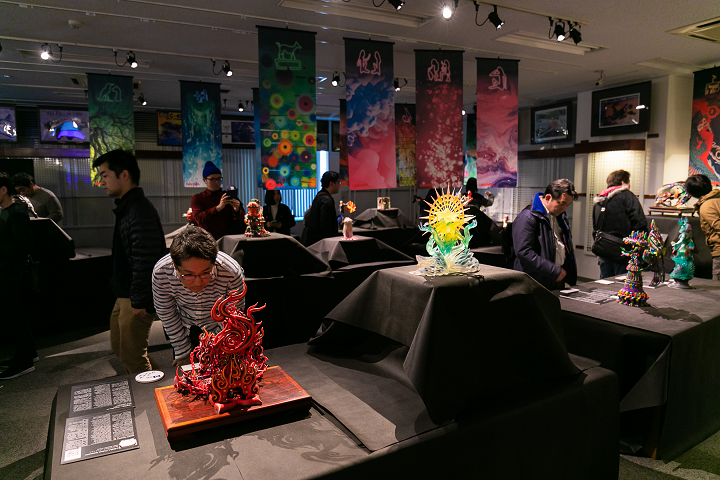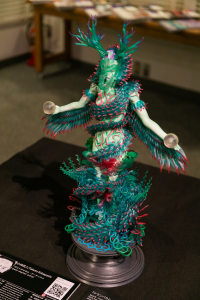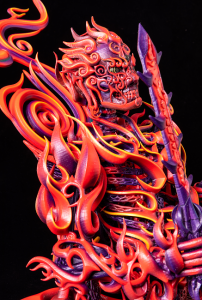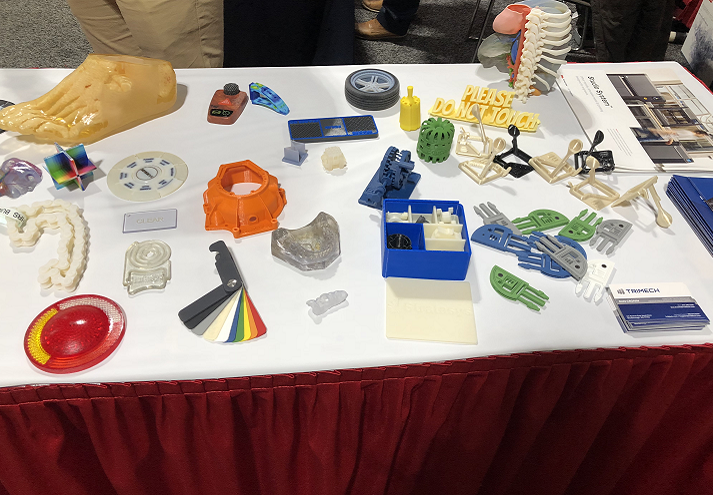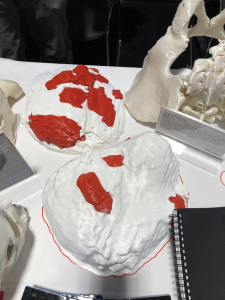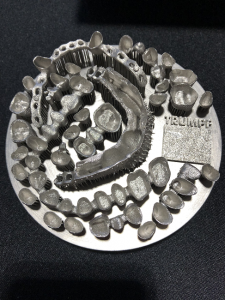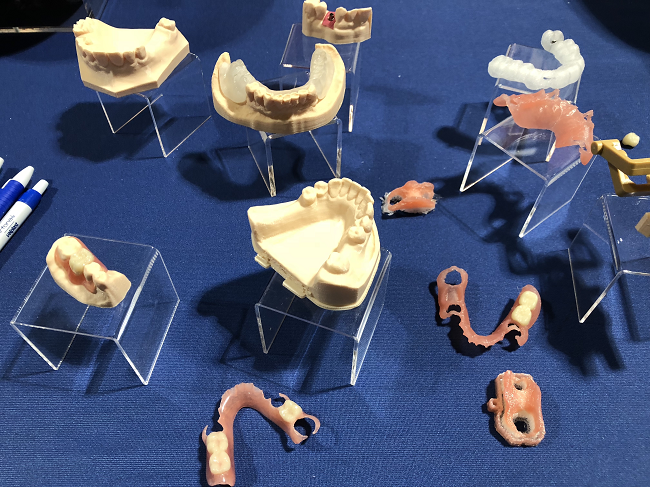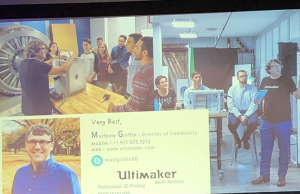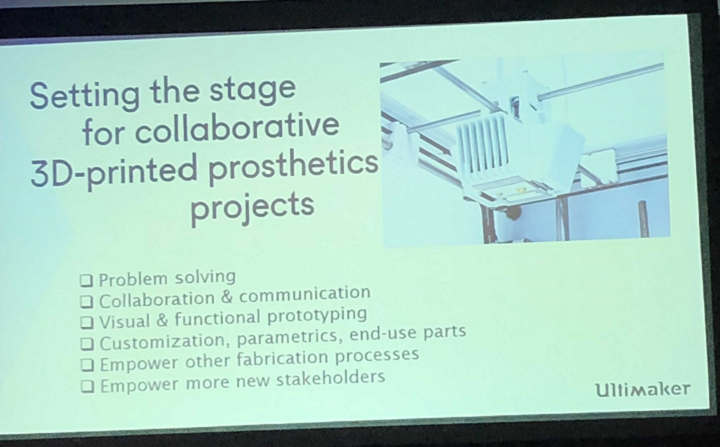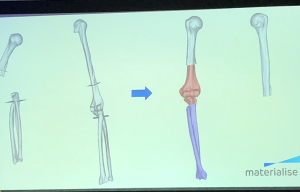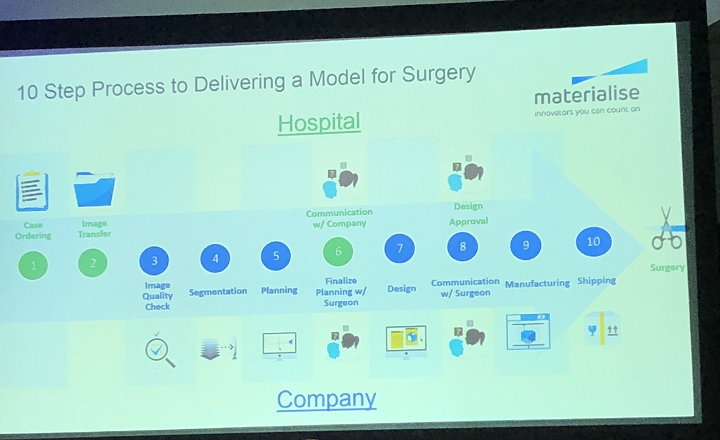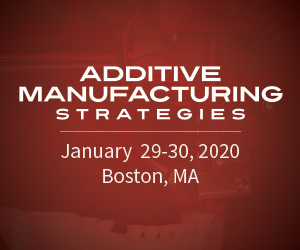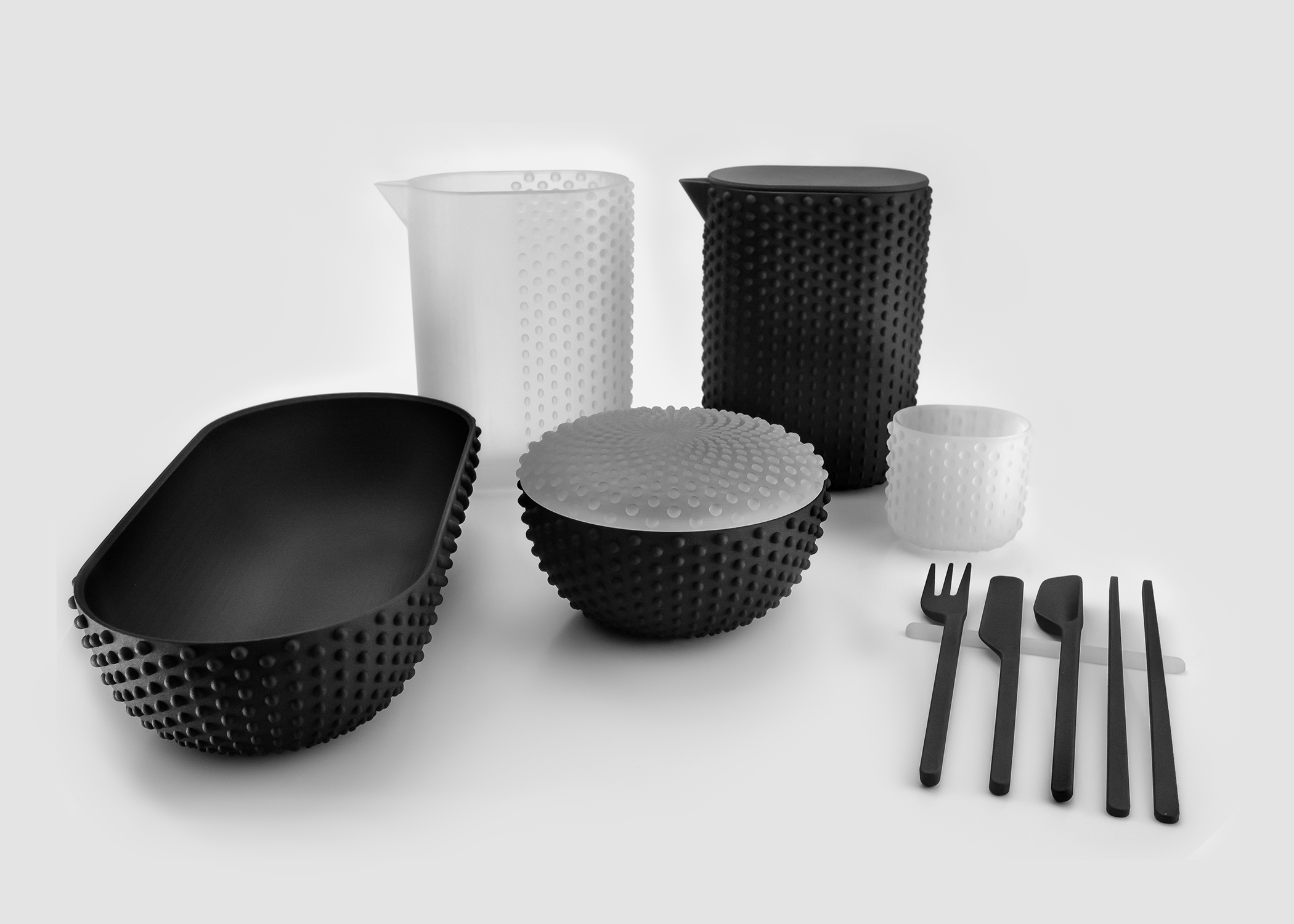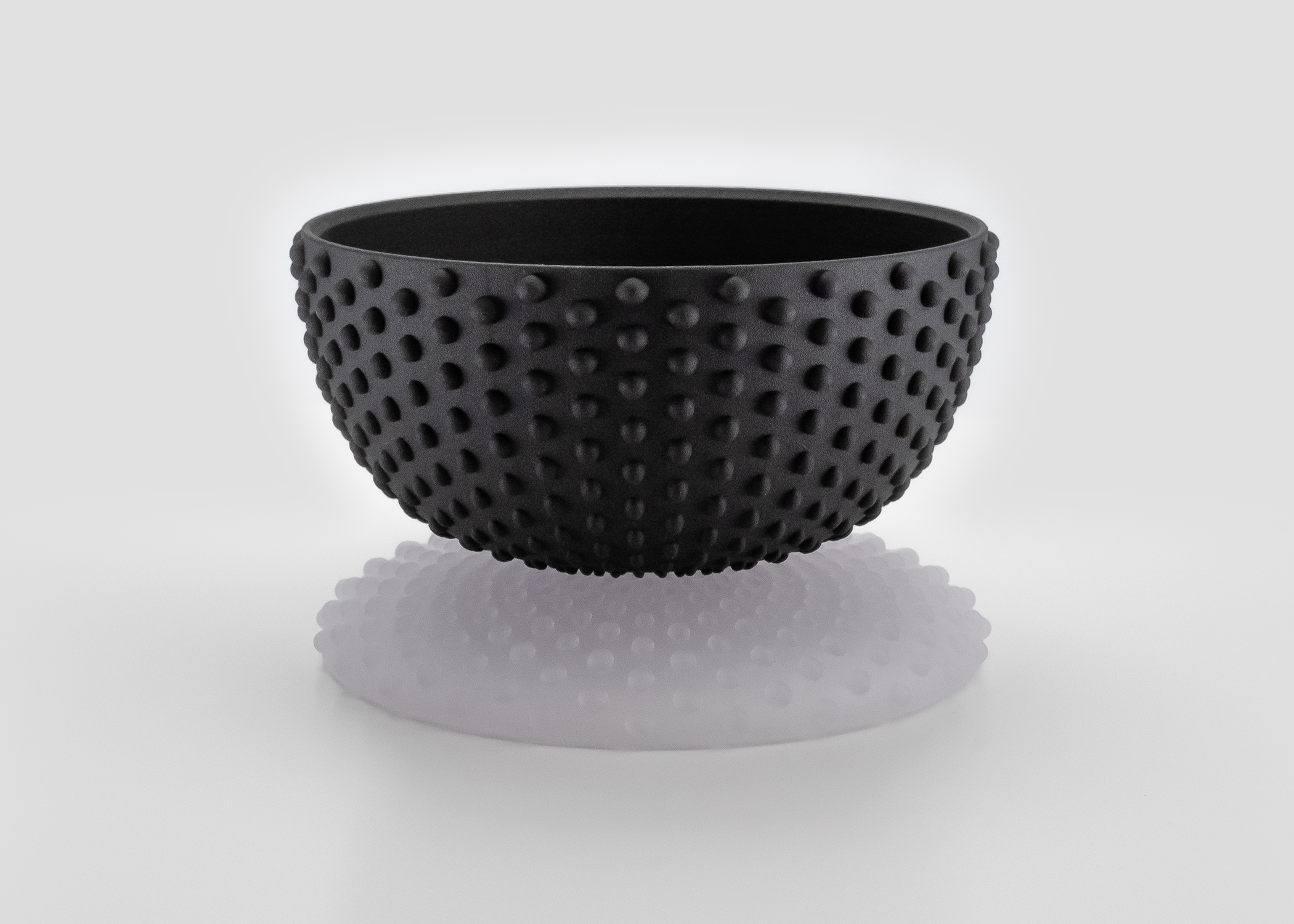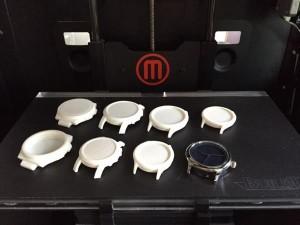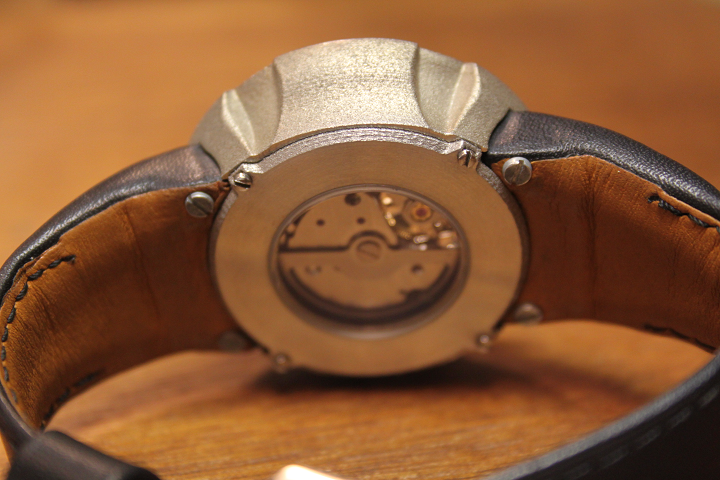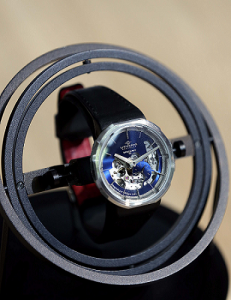In 2015, Japanese company Mimaki Engineering announced its venture into the 3D printing world and began developing its own full-color system, which entered the commercialization phase in 2017. A little over a year ago, Mimaki USA, an operating entity that manufactures digital printing and cutting products around the world, installed its first full-color 3DUJ-553 3D printer in the Americas.
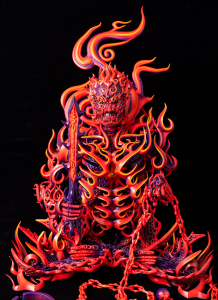 The UV-cure inkjet Mimaki 3DUJ-553 3D printer, based on patented technology with a maximum build size of 508 x 508 x 305 mm, is a fully ICC-compliant, color-managed device that offers high-quality, precise 3D printing, and has numerous enhancements so it can produce full color, realistic objects up to 20″ x 12″ with fine detail and high definition. The system offers over 10 million color combinations for photorealistic output, and can also achieve 90% of SWOP colors.
The UV-cure inkjet Mimaki 3DUJ-553 3D printer, based on patented technology with a maximum build size of 508 x 508 x 305 mm, is a fully ICC-compliant, color-managed device that offers high-quality, precise 3D printing, and has numerous enhancements so it can produce full color, realistic objects up to 20″ x 12″ with fine detail and high definition. The system offers over 10 million color combinations for photorealistic output, and can also achieve 90% of SWOP colors.
The 3DUJ-553 is able to produce color-accurate prototypes and objects without using manual coloring by hand, which allows users to majorly decrease finishing times. Because it offers so many colors, Mimaki’s 600 kg 3D printer is perfect for applications such as sign-making, prototyping, architectural elevations, modeling, short run fulfillment, and stunning, detailed artwork.
3DPrint.com recently heard from 3D printing specialist and Post Digital Artist Taketo Kobayashi, from the Ultra Modelers community, about an art exhibit he’s helping to organize that will soon be held in Japan and features colorful, 3D printed works created on Mimaki’s 3DUJ-553 by other members of the Ultra Modelers community.
“This is not just a art exhibit but also showing the future of entertainment field such as figure merchandise with using 3D printer,” Kobayashi told us.
“It is a great opportunity to actually experience the possibilities of full color 3D printing…”
According to Kobayashi, Ultra Modelers is made up of people who are actively participating “in CG art, design, entertainment and additive manufacturing.” The creative community’s purpose, in addition to exhibiting their collective pieces of art, is to be a “communication hub of artists, students who are learning CG, schools and corporations.”
“Ultra Modelers will create “connections” between those CG artist,” Kobayashi told 3DPrint.com. “Connecting dots will create synergy which energize CG and additive manufacturing industries, and will create opportunity of learning from each other.”
Ultra Modelers held its first exhibit in Osaka in November of 2018, and due to its “favorable reception,” the community, which currently consists of a dozen members, will be hosting a second exhibition. Tomorrow, March 15th, Ultra Modelers is holding a one day limited exhibit of its members’ colorful, 3D printed pieces at Mimaki Engineering’s showroom in Gotanda, Tokyo.
“There’s so many diverse way to output digital artworks now. Art, digital molding, animation,” Kobayashi told us. “11 top creators from different field of CG gathered for this exhibit and they will create original brand new artworks. 12 artworks schedule to be exhibited.”
All of the 3D printed pieces of art in this week’s exhibit were fabricated on Mimaki’s 3DUJ-553 3D printer. In addition to the exhibition, three seminars will also be taking place at Mimaki’s showroom, two of which will be focused on 3D modeling using ZBrush.
What do you think? Discuss this story and other 3D printing topics at 3DPrintBoard.com or share your thoughts in the Facebook comments below.
[Images provided by Taketo Kobayashi]


